Not only do whiskers make your cat cute, they also serve many other functions. A built-in tape measure or magnifying glass is all in your pet's mustache. Isn't it amazing!
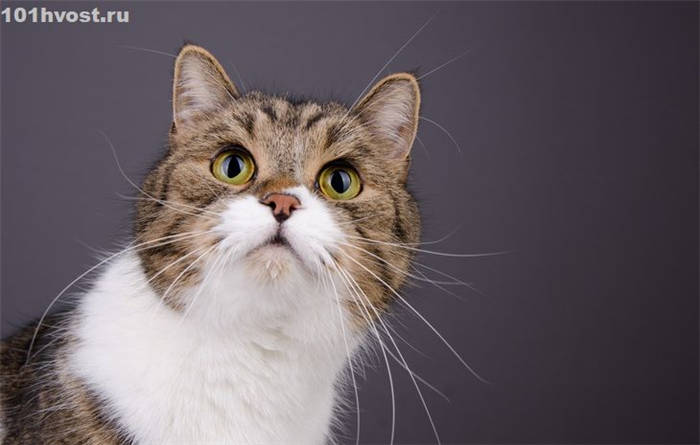
- Why do cats need whiskers?
- Features of the structure of whiskers in cats and cats
- Locations
- Length
- Thickness
- What functions do whiskers in cats and cats
- Structure and location of vibrissae in cats
- What it's made of
- There are whiskers not only on the muzzle!
- Why a cat or cat needs a mustache
- Help in hunting
- Orientation in space
- Tactile function
- Communication Signals
- Why do cats need whiskers?
- They work like vibration sensors
- Problems with whiskers in cats and cats
- Functions of a cat's whiskers
- Causes of cat mustache loss and breakage
- Methods for treating and preventing mustache problems
- Not alone for life 🐱
- You can't remove ⛔️
Why do cats need whiskers?
Cat whiskers don't just decorate an animal, they also serve a vital function – helping to navigate the outside environment. What are they for, how are they designed, can they be cut, what are the problems with them – about all this we will tell in this article.
Scientifically, the cat's whiskers are called vibrissae. In fact, they are "tactile hairs". Like normal hairs, they themselves do not feel anything. However, with their help, the animal can sense air movement. If a cat touches something, they vibrate, stimulating the nerve cells in the hair follicle.
Vibrissae are much longer and thicker than normal hairs and are conical in shape. They have a large follicle (bulb) with blood-filled sinuses and nerve endings connected to the brain. They also have transversely striated muscle tissue that allows them to move.
The main part of the vibrissae in cats is on the muzzle. They are divided into groups:
Mystic vibrissae are subdivided into macrovibrissae and microvibrissae. Macrovibrisses are long and thick, growing in four rows on both sides of the muzzle. They are needed for the cat to "scan" the space around the head. Microvibrissae are short and grow in a downward direction. They are also designed to "read" space, and allow you to explore objects in detail, using the sense of smell and taste.
Besides whiskers on their muzzles, cats also have vibrissae on the back of their feet, the so-called carpal vibrissae. They help predators in the hunt – with their help, the animal determines whether the prey moves, whether it is alive or not.
Cats are excellent hunters. It is interesting that they can see well in the distance but poorly what is under their nose. Every attentive cat owner has noticed that if you hold out your cat's hand with a treat, the cat will sniff the hand first, as if looking for a treat. In fact it is so – the animal is looking for a dainty, and does it not only with the help of his nose, but also with the help of his whiskers.
● Body position detection. The whiskers contain proprioreceptors which send information to the brain about the position of the limbs and body in space. Thanks to this, cats can feel every part of their body and coordinate their movements.
Features of the structure of whiskers in cats and cats
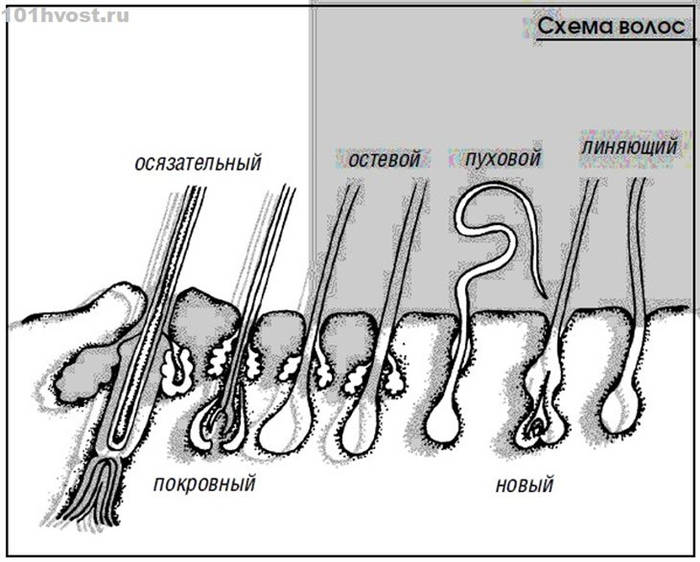
The root of the vibrissae is in the tissues with nerve endings that approach the hair pouch of the mustache. There is a specific area in the brain for each stiff hair. A cat's whiskers respond to the slightest change in the environment, to fluctuations in the air or to movement in the room.
Cats and cats have no difference in the structure of stiff hairs. Vibrissae have the same function, regardless of gender. But there are differences in length and thickness among some breeds of tailed cats.
Locations
The bulk of the hairs are located on the cat's muzzle. About 24 tendrils are located:
They also grow near the pads of the animal's paws, and even on the tail. Only these tendrils are hardly noticeable, because they are short. But these little hairs also have a tactile function.
Length
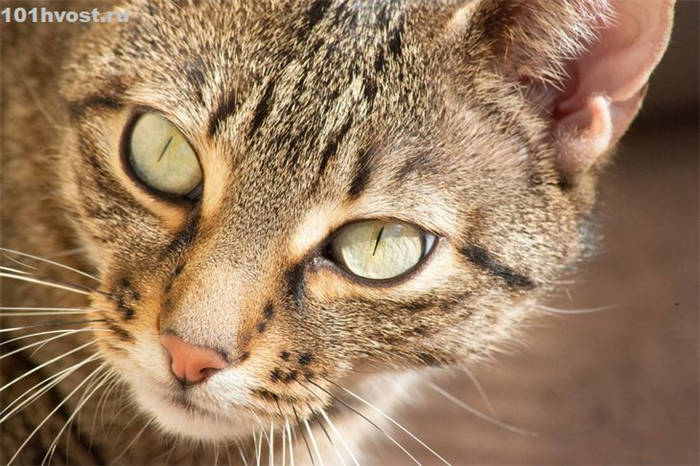
The length of the vibrissae on the muzzle of the tailed friends is about 5-7 centimeters, depending on the breed of pets. For example, sphynxes have mostly very short rigid hairs, but sometimes they are completely absent in representatives of this breed. The longest vibrissae are noted in Maine Coons. So, a Maine Coon named Miss from Finland is listed in the Guinness Book of Records for a mustache of 20 centimeters.
Some purrs have curly whiskers. Cornish Rex and Devon Rex are distinguished by curly hair. Among the mongrel cats there are various mustached ones. But those with long hairs are especially prized: homeowners believe that such animals are excellent rodent hunters.
Thickness
Vibrissae are much thicker than hairs. The whiskers on the cheeks of the animal are denser and more voluminous than in the brow area. The thinnest hairs are considered rigid hairs on the paws, they look like normal hairs, so you can not immediately notice them. In addition, there is a difference by gender: cats have thicker vibrissae than cats.
What functions do whiskers in cats and cats
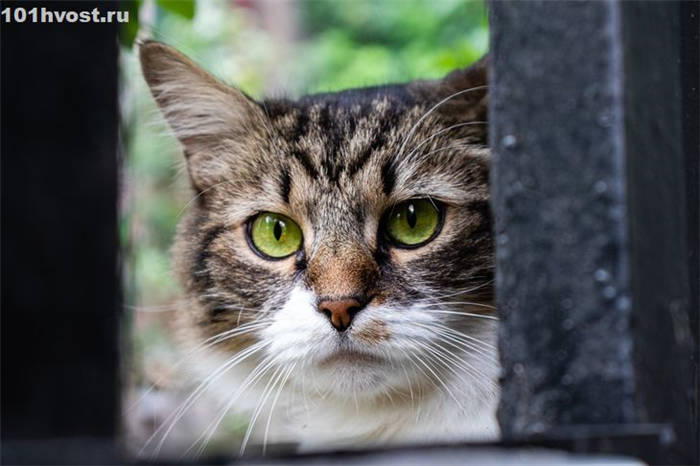
- They help to navigate in space, especially at night. Although cats can normally see in the dark, their sensitive whiskers give the animal a full view of objects near them.
- Allow them to determine the size and distance to the surrounding objects. For example, before crawling under the couch, the pet will check if it can perform this trick.
- They contribute to the learning of unknown things, or new animals and people. Using the organ of touch, the cat gets the necessary information about strangers.
- Protect the eyes. When a cat wanders through the bushes at night, its rigid hairs touch the protruding branches, and the cat reflexively closes its eyes.
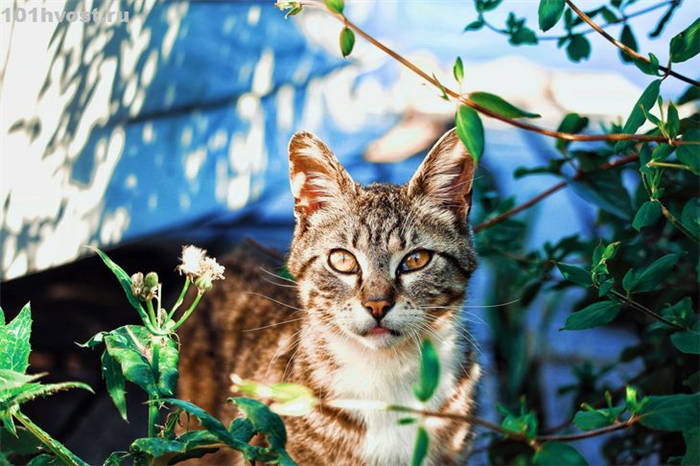
- They allow the cat to sense changes in the weather. Cat whiskers are able to detect even slight changes in the climate: air temperature, humidity levels. It is believed that the four-legged friends can sense the approach of a devastating natural phenomenon.
- They help to calculate the trajectory of the jump. The pet can think about how to jump, taking into account the speed and direction of air flow.
- Allow you to learn information about food. The pet can understand how hot or cold the food is. Checks its freshness.
- Cats use their whiskers to know how far away a mouse is. The hunter picks up the air vibrations that are created when the prey escapes. The tailed predator represents the location and condition of its future prey.
- Thanks to the vibrissae on its paws, the cat detects surface temperature and picks up vibrations.
Structure and location of vibrissae in cats
There are whiskers on the muzzle of males and females from birth. The presence of this important organ does not depend on the breed or genetics. But the difference in the length and thickness of the vibrissae is due to individual characteristics: breed, sex of the individual, conditions of detention. Find out what a cat or cat's mustache is for by knowing its structure and location.
What it's made of
The long hairs on a cat's muzzle have an interesting structure. Each whisker is connected to a specific part of the brain and is responsible for the functioning of a particular animal system. That's why a cat needs a mustache: from the signals from the vibrissae in the cat's head a complete picture of what's going on. The whiskers themselves grow up to 5-7 cm and consist of:
The thickness of the hair is due to a large number of nerve endings and sometimes depends on gender. These nerve endings cause a tubercle at the very base of the hair.
Luxury mustaches are found in individuals whose owners take care of a balanced, vitamin- and micronutrient-rich diet. On average, the length of the hairs on both sides is equal to the width of the mustache friend's torso.
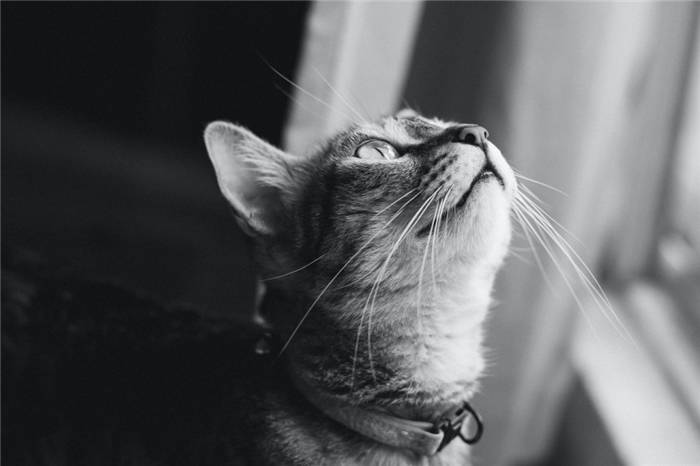
There are whiskers not only on the muzzle!
It is a mistake to assume that mustaches in cats are located only on the muzzle. Long, thickened hairs can be seen on different parts of the body fluffy. They differ in quality from the vibrissae on the muzzle. Vibrisses in cats grow:
In addition to the places listed, long hairs are located on the front paws, but they are hardly visible there. The curious owner of a whiskered pet can look closely at the paw a little above the profitable toe area (the pads without the claw). That is where the thickened hairs grow. Why a cat or cat needs a mustache on these parts of the body can be understood by observing the habits of a furry friend.
Why a cat or cat needs a mustache
It is clear that vibrissae are not just hair on the pet's body. They play an important role in the life of a furry individual.
Help in hunting
In ancient times, it was believed that the length of the vibrissae indicates hunting habits. The longer the hairs on the muzzle, the better the cat cat catches rats and mice.
Scientifically this fact is not confirmed. But it is obvious that the thick bristles are the main helpers of the cat during the hunt. Thanks to them, cats are lightning quick to pick up even small vibrations in the air, which are created by a running rodent.
The furry hunter easily determines where the prey is and where it is moving. After the rodent is caught, the cat is helped to hold its prey and control behavior by tendrils on its front paws.
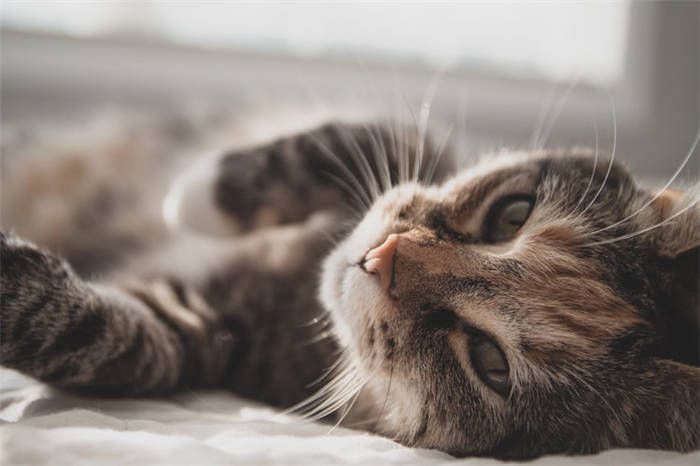
Orientation in space
Fluffy purrs are well known for their ability to move silently and deftly even in total darkness. At such moments, the animal is not helped by its eyes or ears. The cat uses its whiskers to touch objects and move around obstacles.
When it touches things around it, its whiskers vibrate and create air movements. These signals are picked up by the whiskers and transmitted to a specific part of the brain. This is how the pet forms a three-dimensional picture of its surroundings.
Tactile function
Touch is the main purpose of the vibrissae. They help the fluffy cat to unmistakably determine the freshness of food and the safety of food. Before a cat or cat eats a meal, its whiskers move toward the food (sniffing movement).
Communication Signals
It's easy to see what a cat's whiskers are for when the animal wants to communicate. If you look closely at your furry friend, you can see the movement of the whiskers. Vibrissae change direction in relation to the person or object of interest to the cat.
The whiskers, which are put forward, indicate a purr-fect's desire to explore an object or a desire to communicate with a living creature. Animals also gather their whiskers while playing or hunting.
Why do cats need whiskers?
Since childhood, many people have wondered, but why does a cat need a mustache? Certainly not for beauty or to touch the animal by it. The whiskers, or vibrissae, are an important tactile organ of the cat, responsible for its tactile function.
Vibrissae (lat. vibrissae) is not a simple hair, but a separate organ surrounded by nerve endings and muscle fibers, directly transmitting impulses to the brain. It is vibrissae that first appear in a kitten in the womb. Each vibrissa goes deep under the cat's skin, but is located not only on the cat's muzzle pads, but also on the chin, above the eyebrows, on the cheeks, on the tips of the ears, and even on the back side of the front paws. Basically, the number of whiskers ranges from 30 to 40, of which 24 are on the muzzle.
The main functions of whiskers in cats are to pick up vibrations and air vibrations, to analyze and orient themselves in their surroundings at any time of the day, and to carry out communicative needs. Vibrissae help cats determine the suitability and safety of food, communicate with other cats or dogs, and humans. By the position of the whiskers you can understand the emotional mood of the animal.
Sometimes cat owners may find a loose or broken cat mustache in the apartment. There is no need to worry. Mustache loss, like hair loss, is a normal process. Vibrisses are actively used by the cat every day. Thanks to the muscle fibers, the animal actively manipulates the mustache, giving it the desired position. So the wear and tear of this organ is increased, and if the mustache breaks off or is lost – no reason for alarm, especially since new mustaches are already growing to replace the lost ones. A cat may also lose some of its whiskers in games or fights with other animals.
However, it is important to remember that you must not artificially remove or trim the cat's whiskers, since this will make the animal disoriented and cause great stress for the animal, which will remain until new whiskers grow in.
But it happens that an animal actively loses its whiskers. What to do if the number of whiskers in a cat is significantly reduced? After all, if it loses its whiskers, the cat may have great difficulty with orientation in space, feel stressed, insecure and anxious.
They work like vibration sensors
A cat's whiskers pick up the slightest vibrations in the air, becoming extremely useful in estimating the distance to throw to prey. Also vibrissae catch the direction of air currents, which allows the cat to react in time to a threat that is invisible from the back or side – act as a kind of radar.
Unexpectedly, cats cannot boast of sharp eyesight at close range. It is quite difficult for them to see what is closer than 30 centimeters to them. In this case, whiskers are used for orientation in space in front of them. By touching the tips of the whiskers to an object, the cat can understand what is in front of it and even what it is made of.
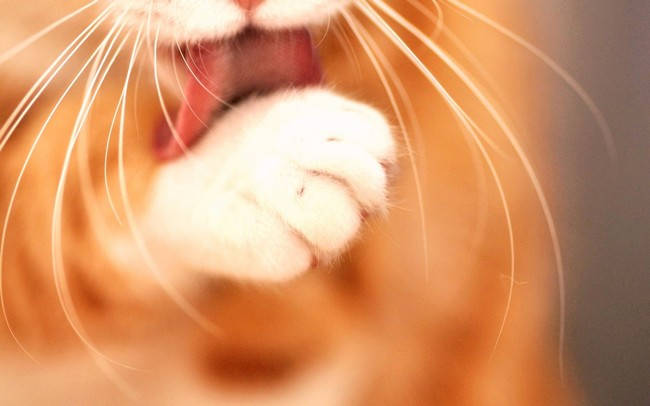
Problems with whiskers in cats and cats
Whiskers have their own lifespan. The cause of abundant mustache loss and breakage can be both physiological and pathological. Various bacterial and fungal infections, as well as injuries need to be treated in a timely manner to prevent complications.
The role of vibrissae in a cat's life is very great. They are not only the pride and decoration of a cat. It is a full-fledged sensory organ, it is the cat's "navigation system". With the help of the whiskers, the cat processes information about the world around it.
Functions of a cat's whiskers
Cats' whiskers act as sensitive sensors: they help cats navigate in total darkness, track moving objects, and even assess food quality.
Here are 5 functions of cat whiskers highlighted by experts:
To understand what a cat's whiskers are for when hunting, observe its behavior when it sees a teasing toy. At the moment of stalking prey and preparing to jump, the whiskers will be directed toward the moving object. This is how the cat estimates the speed of its movement and the distance to the target.
In ancient times, people associated the lushness of whiskers with good luck in the hunt. However, in the scientific world this assumption remains just a theory and is reduced to the fact that the reaction speed and agility depends not on the number of hairs, but their actual presence. However, it is indeed more difficult for a cat to chase prey without a mustache.
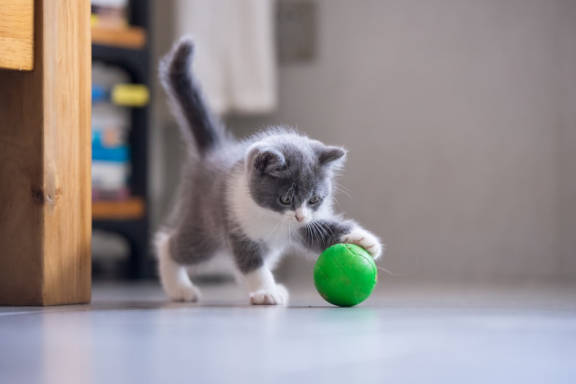

The ability of cats to move in complete darkness and not to knock down objects standing in the way is not so much due to the device of eyes and the possibility of night vision, as to the reaction of whiskers to air vibration and direct contact with an obstacle.
The animal can hit obstacles with its hairs and quickly change its trajectory to avoid injury or to avoid giving itself away when encountering a larger predator or prey.
Unconfirmed theories include the ability of cats to calculate the width of a narrow cave with their whiskers or the distance to the ground at the moment of jumping.
The first theory came to light during the initial study of feline physiology. Scientists calculated that the span of a cat's whiskers was equal to the approximate width of its thorax. Therefore, the hairs could stop a pet from trying to crawl down a narrow mouse hole or squeeze through the frequent bars of a fence.
The second theory stems from a long observation of desert jackrabbits. Small rodents, like cats, turn their whiskers toward the ground before jumping. This helps them assess the need for a maneuver and the safety of the landing.
Causes of cat mustache loss and breakage
Cats' whiskers are renewed every seasonal molt. Therefore, sporadic hair loss is considered a variant of normal. However, if mustaches break or fall out in bunches, the causes may be pathological.
For example:
- Dry indoor air. Experts note that whiskers begin to fall out and break with the beginning of the heating season or a hot, dry summer. Especially if the cat likes to spend time near the radiator or basking in the sun.
- Inadequate fluid intake. If a cat hardly drinks any water, the blood flow in the body slows down and the whiskers fall out due to a lack of oxygen in the tissues.
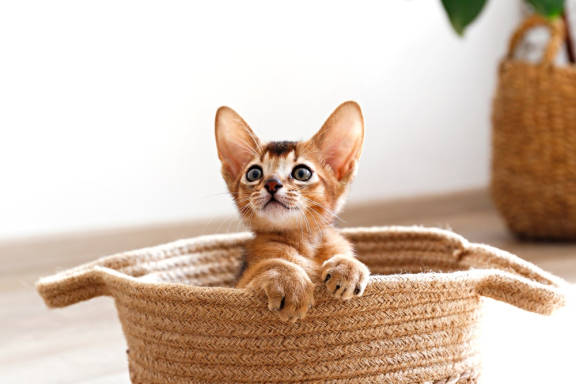
- Frequent water procedures. Another reason for the loss of elasticity of whiskers can be abuse of cleansers, bathing in hard tap water or blow drying, which is why it is important to follow the rules of washing the cat.
- Allergies. Moustache loss against a background of allergies is caused by an aggressive immune response to internal or external irritants. For example, to a new food, dust or household chemicals. As a rule, an allergic reaction is accompanied by sneezing, profuse lacrimation, skin itching and localized hair loss.
- Unbalanced diet. Nutritional deficiencies lead to slower metabolism and hair follicle death. The first sign of poor nutrition will be a deterioration in coat quality. Cats that don't get enough animal protein, vitamins and minerals begin to suffer from heavy shedding and look ungroomed.
- Worm infestation. Infestation by internal parasites leads to intoxication of the body. Harmful substances spread through the body with the bloodstream and lead to a general decrease in immunity, allergies, and slowed transport of nutrients to the tissues.
- Dermatological problems. If mustache loss is accompanied by flaky skin and severe itching, the problem may be allergic dermatitis or a fungal infection.
- Thyroid disorder. Thyroid dysfunction leads to changes in the hormonal background and affects metabolic processes in the body. Mustache loss under the influence of hormonal failure is common in older cats (over 7 years) and sexually mature individuals taking medications that reduce interest in the sexual hunt.
Methods for treating and preventing mustache problems
Preventive measures against mustache loss and other feline health problems are as follows:
- Reducing the dryness of indoor air;
- Providing the cat with plenty of fluids, a nutritious diet, taking the necessary vitamins;
- timely vaccination, treatment of wool from parasites;
- no self-treatment;
- creation of comfortable living conditions for the cat.
When these measures do not work and the cat continues to lose vibrissae or their condition worsens, it is necessary to contact the veterinarian.
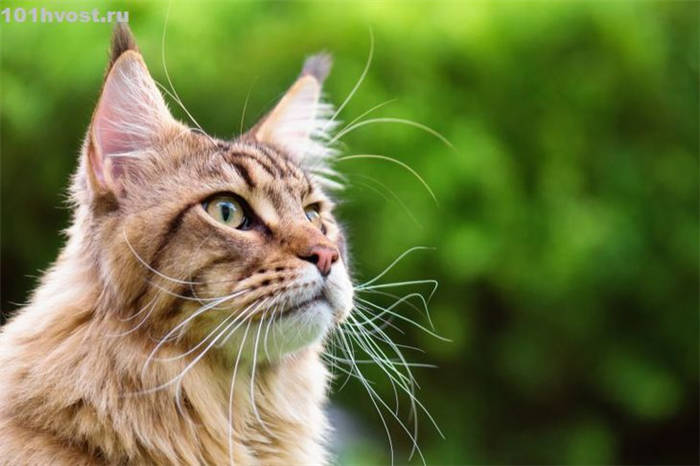
The specialist will prescribe tests for the animal, and after examining the results, prescribe a course of treatment. As a rule, the loss of whiskers is a symptom of more serious disorders in the body. The task of the owner in this situation will be to follow the doctor's recommendations exactly and carry out all the necessary treatment procedures at home or in the hospital.
Vibrissae are very important for the proper existence of cats, because they are an additional organ of touch and help to orient in space, hunt and perform precise jumps. Without whiskers, a domestic cat will not die, but its quality of life will be greatly reduced.
Not alone for life 🐱
They wear out, fall out, and new ones grow in their place, just like claws. So to find a fragment of a cat's vibrissae in the house is no cause for surprise or concern. While one is growing, a couple dozen old ones are still actively functioning. Although cats can lose a few whiskers in fights with rivals, but that's no big deal.
👨⚕️ Cats without whiskers begin to sleep more and be less active. If moustaches often split, twist, or break off, a veterinarian's consultation is necessary.
You can't remove ⛔️
Artificial removal of whiskers in cats is bad for the cat. If you want to trim cat's whiskers because of some strange aesthetic notion or from nothing to do you decided to torture your pet – think twice. Leaving a cat without whiskers is as stressful for the cat as being without eyes, ears, tongue and skin.
Remember that with the help of vibrissae cats orient in the world, communicate with each other, other animals and people, and inform about their state of health. Love and cherish your pets!
Like it и Subscribe to to Adventures of a Naturalist to read more about animals every day!






